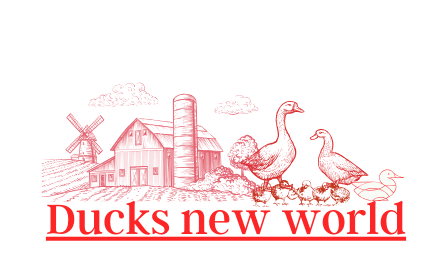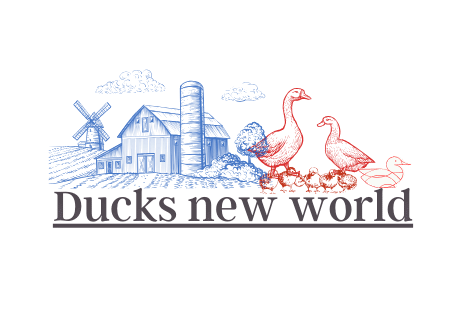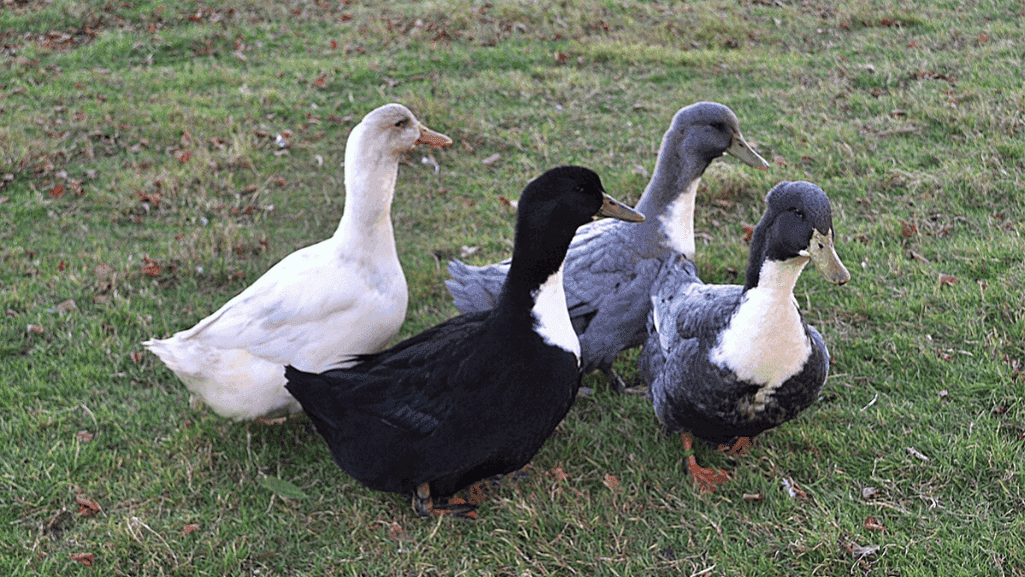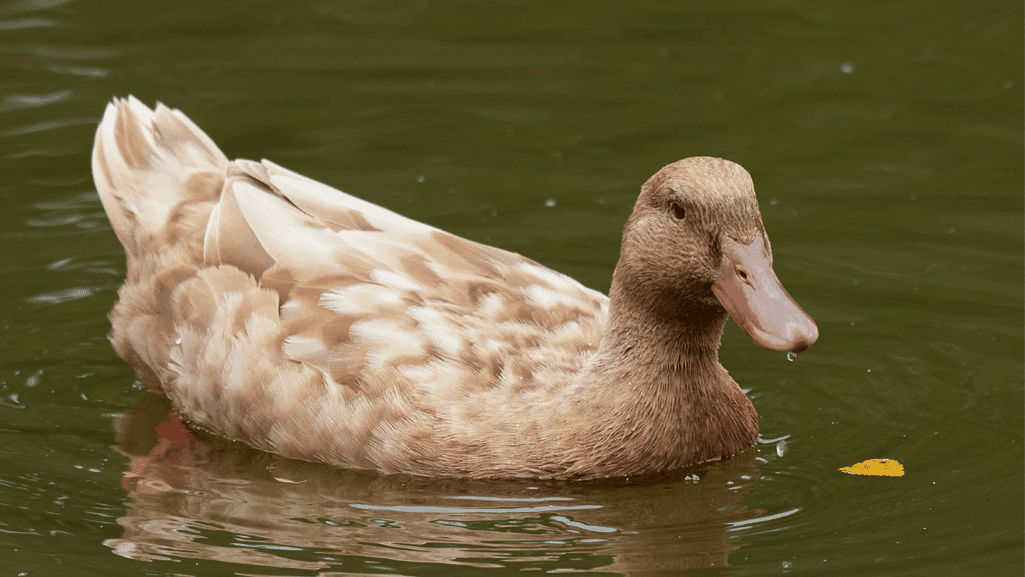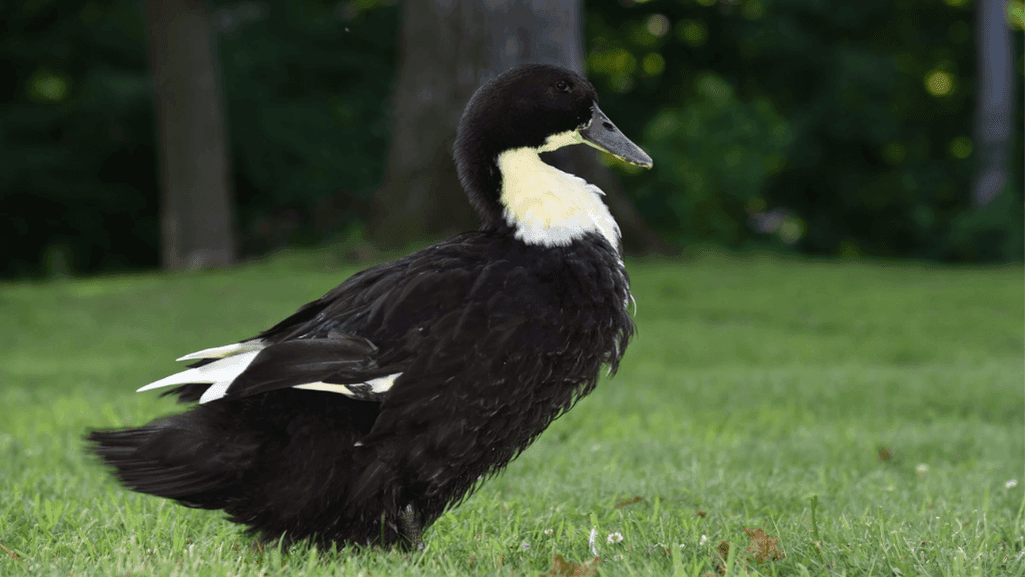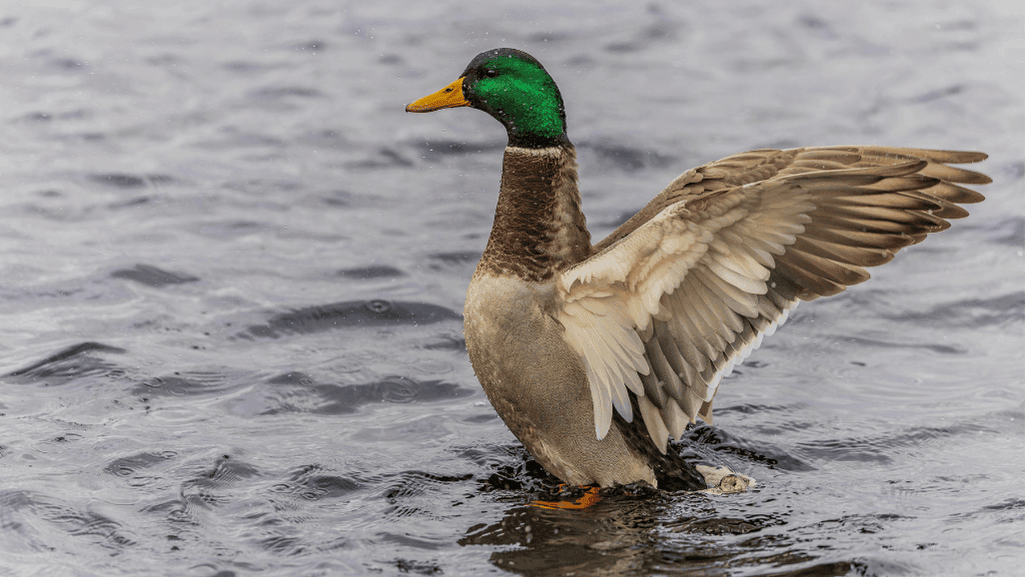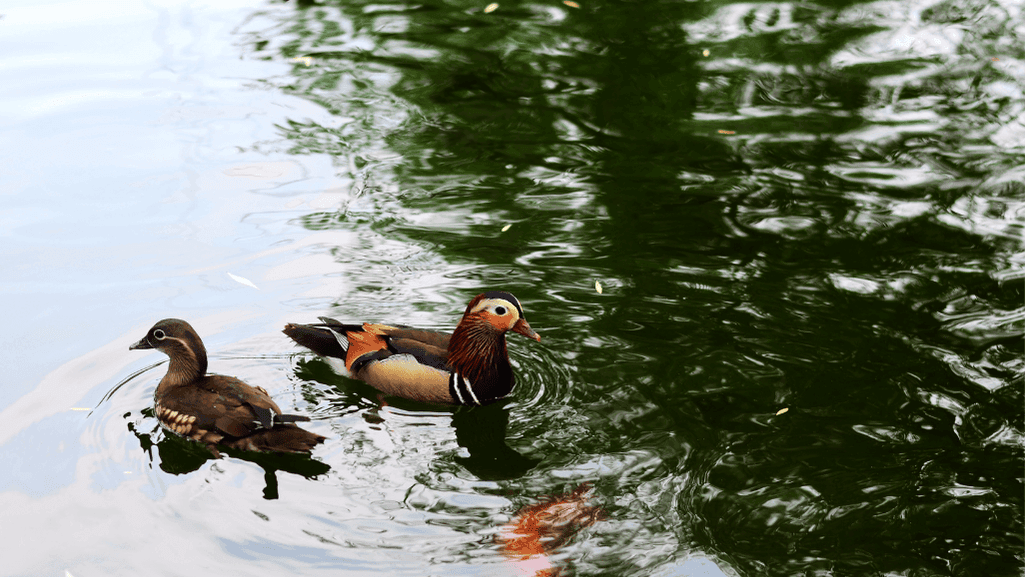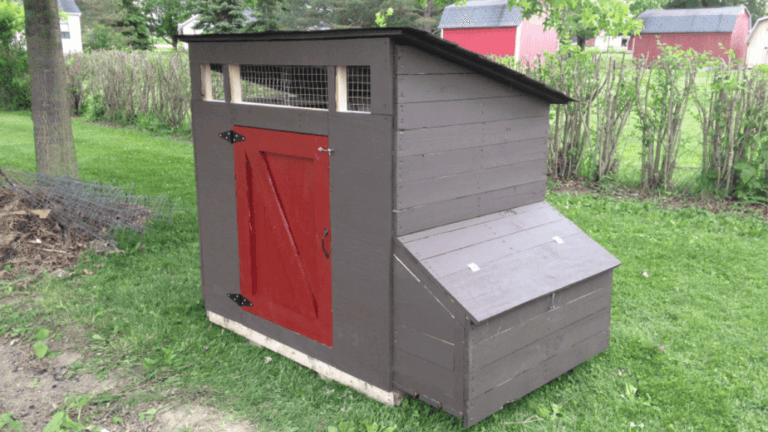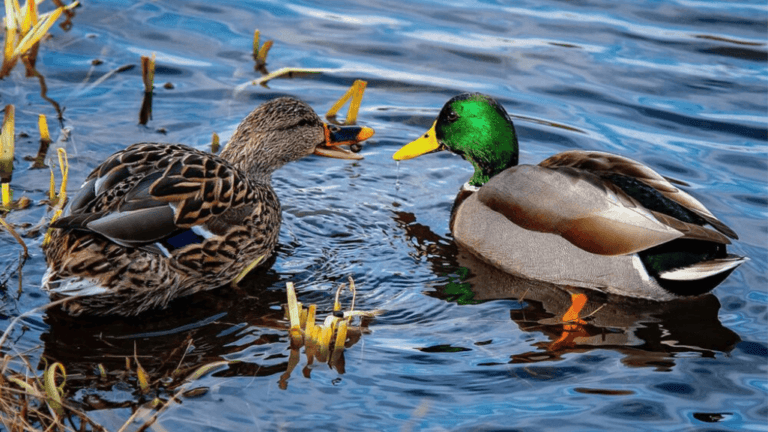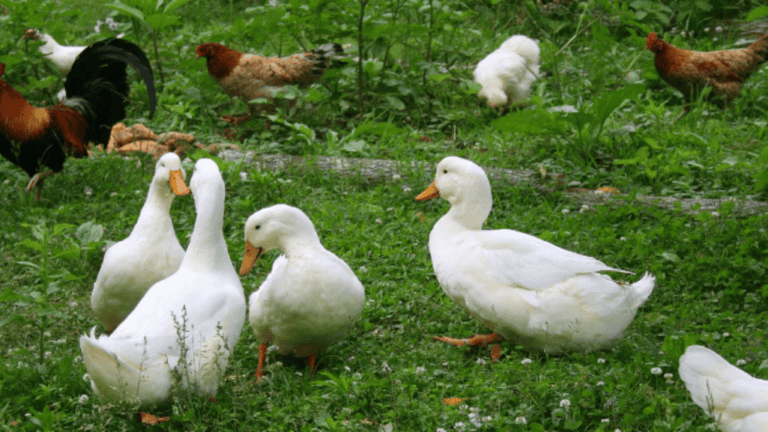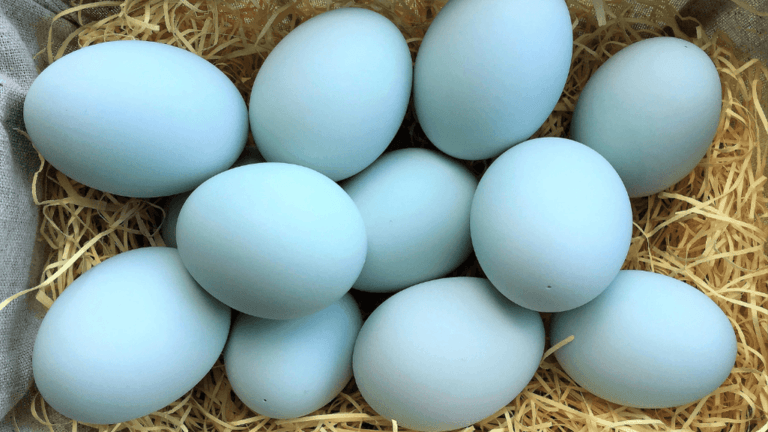Get ready to be amazed by the Swedish ducks. These Nordic waterfowl are truly captivating. Sweden, with its stunning natural beauty, is home to many duck species. Each one has its own special charm and beauty.
From majestic swans in Skåne County to colorful domestic ducks, these birds are a sight to behold. They inspire and delight all who see them.
Exploring Sweden’s landscapes, you’ll see the true beauty of these waterfowl. Whether you love birds, nature, or just beauty, Swedish ducks will touch your heart. Their striking looks, graceful moves, and friendly nature show the amazing diversity of birds.
Learning about Swedish poultry reveals their rich history and cultural importance. These ducks have shaped Sweden’s identity and helped protect its nature. Join us as we explore the magic of Swedish ducks and discover the beauty of Sweden.
Key Takeaways:
- Sweden is home to a diverse range of stunning duck species, including swans and domestic breeds.
- Swedish ducks are known for their unique charm, vibrant colors, and endearing personalities.
- These Nordic waterfowl have played a significant role in shaping Sweden’s cultural identity and natural heritage.
- Exploring the world of Swedish ducks offers a captivating experience for bird enthusiasts, nature lovers, and those who appreciate the beauty of the avian world.
- Sweden’s picturesque landscapes provide the perfect backdrop for discovering the magic and wonder of these inspiring creatures.
Exploring the Enchanting World of Swedish Ducks
Start a journey into the world of Swedish ducks, where nature and culture meet. Sweden is known for its stunning landscapes and diverse wildlife. It’s home to many duck species that bird lovers and nature fans adore.
These ducks are key to Sweden’s natural beauty and cultural stories. They live in wetlands and are part of the country’s folklore.
Diversity of Duck Species in Sweden
Sweden has a wide range of duck species. Each one adds to the country’s unique bird scene. The mallard is well-known, with its green head and white neck ring.
But Sweden also has rarer ducks like the long-tailed duck. It has long tail feathers and special calls. Other notable ducks include:
- Eider ducks, famous for their soft down feathers used in luxury bedding
- Tufted ducks, with their charming crests and diving prowess
- Gadwalls, masters of camouflage in the reedy wetlands
- Teals, small and swift, adding a splash of color to the waterways
Sweden’s different habitats, from lakes to coastlines, are perfect for these Swedish duck species. The country’s focus on conservation helps these birds thrive for future generations.
The Role of Ducks in Swedish Culture and Folklore
Ducks are a big part of Swedish culture and stories. They inspire many tales, artworks, and traditions. For example, “Nils Holgersson’s Wonderful Journey Through Sweden” tells of a boy’s magical journey on a goose’s back.
This book, published in 1906, has sold over 500,000 copies. It shows Sweden’s natural beauty and the importance of living in harmony with nature.
Ducks also appear in Swedish folk art, like the colorful Dala horses. These wooden figures often show ducks and other Swedish animals. This shows their cultural importance and connection to the land. Today, Swedish artists create stunning works inspired by ducks and their symbolism.
| Swedish Duck Species | Distinctive Characteristics |
|---|---|
| Mallard | Green head, white neck ring, ubiquitous |
| Long-tailed Duck | Elongated tail feathers, distinctive calls |
| Eider Duck | Soft down feathers, prized for luxury bedding |
| Tufted Duck | Charming crest, skilled diver |
Exploring Swedish ducks shows they are more than just wildlife. They symbolize the bond between humans and nature. They inspire and represent Sweden’s rich culture. Thanks to conservation and appreciation, Swedish ducks will continue to enchant future generations.
Common Breeds of Domestic Ducks in Sweden
Sweden is home to many domestic duck breeds, each with special traits. These ducks are loved for their toughness, egg-laying, and tasty meat. Let’s look at some popular breeds in Sweden.
Swedish Blue Ducks
The Swedish Blue duck is known for its stunning blue-gray feathers. It comes from Swedish Pomerania and was recognized in 1904. These ducks are very cold-hardy, perfect for Sweden’s cold.
When two blue Swedish ducks mate, half their offspring will be blue, and the other half will be black or splash. Splash ducks have a mix of white and blue feathers, looking light gray. Black ducks are more common than blue ones.
Swedish Blue ducks weigh about 5 pounds for hens and 6¼ pounds for drakes. They lay 120 to 180 large eggs a year. Their legs are set back, giving them an upright stance. They love to forage and prefer to roam free.
These ducks are calm and great with kids. But, their numbers are a concern. In 2007, they were listed as “critical” by the Food and Agriculture Organization. Now, they are “at risk/endangered” in Sweden, with only 282 reported in 2021.
Pomeranian Ducks
Pomeranian ducks are named after the Baltic Sea area. They are cold-tolerant and known for laying lots of eggs. They come in white, black, and blue colors.
Muscovy Ducks
Muscovy ducks are not from Sweden but are loved here for their meat and calm nature. They have a red face and long tail. They are good foragers and don’t need much food when they have plenty to eat.
| Breed | Origin | Weight (Male) | Weight (Female) | Egg Production |
|---|---|---|---|---|
| Swedish Blue | Swedish Pomerania | 3-4 kg | 2.5-3.5 kg | 100-150 per year |
| Pomeranian | Baltic Sea Region | 3-3.5 kg | 2-2.5 kg | 120-180 per year |
| Muscovy | South America | 4-5 kg | 2.5-3 kg | 60-120 per year |
These duck breeds are key to Sweden’s farming tradition. Each breed brings something special, like the Swedish Blue’s toughness and the Pomeranian’s eggs. Muscovy ducks are known for their meat. As interest in heritage breeds grows, Swedish duck lovers work to keep these breeds alive for the future.
Swedish Duck Husbandry and Farming Practices
The world of Swedish duck farming is a mix of old traditions and new ideas. It shows a deep respect for the ducks and the land. Small farms in Sweden give their ducks lots of space and healthy food.
The Blue Swedish duck is a famous breed in Sweden. It’s known for its beautiful look and many eggs. These ducks lay 130 to 180 eggs a year, making them great for homes and small farms.
Blue Swedish ducks are also loved for their tasty meat. This is thanks to their size and the way Swedish farmers raise them. They let the ducks eat naturally and feed them good, local grains.
| Breed | Eggs per Year | Butcher Weight (weeks) |
|---|---|---|
| Blue Swedish | 130-180 | – |
| Pekin | – | 10 |
| Muscovy | – | 16 |
| Rouen | – | 16+ |
The Swedish poultry industry includes more than just Blue Swedish ducks. Breeds like Muscovy and Rouen are also raised here. Muscovy ducks take 35 days to hatch, and Rouen ducks grow slower but eat less.
Swedish duck farmers always put the ducks’ and the environment’s needs first. They use special bedding to keep the ducks happy and healthy. This also helps the environment.
As more people want better food, Swedish duck farming is set to grow. Farmers focus on animal care, sustainability, and old ways of farming. This makes them ready to meet the demand for quality food.
Ducks in Sweden’s Natural Habitats
Sweden’s landscapes are a haven for many duck species. Each duck thrives in its own special place. From wetlands and marshes to coastal areas and islands, these places are key for ducks.
Wetlands and Marshes
In southern Sweden, wetlands and marshes are crucial for ducks. They offer food and a place to breed and feed. Mallards, common in Sweden, love these areas.
Coastal Areas and Islands
Sweden’s coast and islands are home to sea ducks and diving ducks. These places have a rich marine life. Common Mergansers and Greater Scaups are often seen here.
| Duck Species | Habitat Preference | Unique Characteristics |
|---|---|---|
| Northern Shovelers | Wetlands and marshes | Large bill for shoveling and sifting through mud and sand for food |
| Common Goldeneyes | Coastal areas and islands | Expert diving ducks that can stay underwater for up to a minute |
| Northern Pintails | Wetlands and coastal areas | Impressive flying abilities, reaching speeds up to 77 kph during migration |
Urban Parks and Gardens
Even in cities, ducks find a home in parks and gardens. Mallards and others live here, thanks to humans. This brings nature closer to city folks.
Sweden works hard to keep its habitats safe. This helps ducks and keeps the ecosystem balanced. It’s good for both nature and people.
Swedish Ducks
Swedish duck breeds are loved by many for their Swedish duck characteristics and ability to adapt. They come in a wide range of colors, patterns, and personalities. This makes them stand out from other domestic ducks.
Distinctive Characteristics of Swedish Duck Breeds
The Swedish Blue duck is a standout with its blue-gray feathers. The Blue Swedish ducks were brought to the US in the late 1800s. They are loved for their unique look and friendly nature.
The Black Swedish duck is known for its consistent black feathers. They weigh about six pounds for males and up to five for females. Female ducks lay white eggs, sometimes with blue or gray tint, producing 130-180 eggs a year.
| Swedish Duck Type | Pricing (1-4 Qty) | Pricing (5-24 Qty) | Pricing (25+ Qty) |
|---|---|---|---|
| Swedish Duck Females (SBDP) | $16.05 | $14.45 | $13.72 |
| Swedish Duck Males (SBDC) | $8.03 | $7.63 | $7.24 |
| Unsexed Swedish Ducks (SBDS) | $11.24 | $10.67 | $10.14 |
Popularity of Swedish Ducks among Poultry Enthusiasts
Swedish ducks are becoming more popular. They are known for their hardiness, adaptability, and status as ornamental ducks. Many customers love their friendly and personable nature.
Duck enthusiasts enjoy the Black Swedish ducks’ ability to thrive in different climates. They also appreciate the ducks’ low-maintenance care. Customers are happy with the quick delivery of healthy ducklings and watching them grow.
At poultry exhibitions, Swedish ducks are a hit. Their unique looks and vibrant colors draw in visitors. As more breeders use Swedish bloodlines, their popularity keeps growing.
Ducks as Symbols in Swedish Art and Design
Ducks have long been a favorite in Swedish art and design. They symbolize the country’s natural beauty and cultural heritage. Artists and craftspeople have been inspired by these charming waterfowl for generations.
In 2014, a remarkable discovery was made in Enkoping. Two female mandarin ducks and a drake were found in the local waters. Photographer Leif Sohlman captured their beauty in a stunning photo using his Canon 5D mk III.
This image won several awards, including Amateur Photographers and Wildlife ONE A DAY. It cemented the mandarin ducks’ place in Swedish art history.
Ducks in Traditional Swedish Folk Art
Traditional Swedish folk art is full of duck symbolism. Ducks appear in textiles, wood carvings, pottery, and illustrations. They show the deep appreciation for nature and wildlife in Swedish culture.
The Dala horse is a famous example of duck symbolism in Swedish folk art. While horses are well-known, Dala ducks are also popular. Their bright colors and playful expressions win hearts worldwide.
Contemporary Swedish Artists Inspired by Ducks
Recently, a new generation of Swedish artists has emerged. They draw inspiration from the country’s duck symbolism while exploring new art and design. These artists are creating bold graphic designs and thought-provoking installations.
Stockholm-based artist Maria Dahlgren is one example. Her vibrant, minimalist duck prints have gained international acclaim. Dahlgren’s designs capture the essence of ducks in striking geometric forms and bold colors.
| Artist | Medium | Notable Work |
|---|---|---|
| Leif Sohlman | Photography | Mandarin Ducks in Enkoping (2014) |
| Maria Dahlgren | Illustration, Graphic Design | Minimalist Duck Prints |
| Erik Johansson | Photography, Digital Manipulation | Surreal Duck-Inspired Landscapes |
As Swedish art and design evolve, ducks remain a constant source of inspiration. They connect contemporary artists to their cultural heritage. Through their work, these visionary minds ensure duck symbolism in Swedish art will live on for generations.
Conservation Efforts for Wild Duck Populations in Sweden
Sweden leads in protecting wild duck populations. It focuses on wetlands, migratory bird habitats, and sustainable hunting. This approach helps keep these birds safe.
Sweden protects and restores wetlands for ducks. Wetlands are key for breeding, feeding, and resting. The mallard, with 20 million worldwide, benefits from these efforts.
Sweden also creates safe zones for ducks on their migrations. These areas help ducks rest and refuel. Working with other countries, Sweden helps ducks across Europe.
Hunting in Sweden is done sustainably. With over 6.4 million hunters in the EU, rules ensure ducks are not harmed. Hunters follow strict guidelines to protect duck populations.
| Conservation Measure | Impact on Wild Duck Populations |
|---|---|
| Wetland Protection | Preserves crucial breeding, feeding, and resting habitats |
| Migratory Bird Habitats | Provides safe stopover sites during annual migrations |
| Sustainable Hunting Practices | Ensures long-term sustainability of duck populations |
Sweden works globally to protect ducks. It shares knowledge and resources with other countries. This helps ducks worldwide.
Sweden’s success in duck conservation comes from teamwork. Government, organizations, hunters, and the public all play a part. Sweden shows how to protect ducks effectively.
Sweden’s efforts inspire others to protect ducks. It shows that wildlife, hunters, and society can all benefit. For more on Sweden’s data protection, visit Ducks New World’s privacy policy.
Sweden’s approach to duck conservation is a model. It balances wildlife, hunting, and society. Sweden’s work will inspire conservation worldwide for years to come.
Swedish Duck Cuisine and Culinary Traditions
Swedish duck cuisine shows the country’s rich food traditions. It highlights the versatility and taste of duck. From old favorites to new creations, duck is a key part of Swedish food.
Traditional Duck Dishes in Swedish Gastronomy
“Anka med äpplen och katrinplommon” (duck with apples and prunes) is a favorite. It combines tender duck with apples and prunes for a sweet and savory mix. Another classic is “Anka med svartvinbärssås” (duck with black currant sauce), where duck meets tart black currants.
These dishes reflect Swedish tradition. They pair duck with fruits and berries for unforgettable meals.
Innovative Chefs Incorporating Duck into Modern Swedish Cuisine
Swedish chefs are now mixing duck with global flavors and new methods. They’ve created a Sino-Swedish fusion dish inspired by Peking Duck. It uses local honey, spices, and oils for a unique taste.
The dish features two 400g duck breasts, marinated and grilled to perfection. It’s a creative twist on classic recipes, celebrating Swedish duck flavors.
